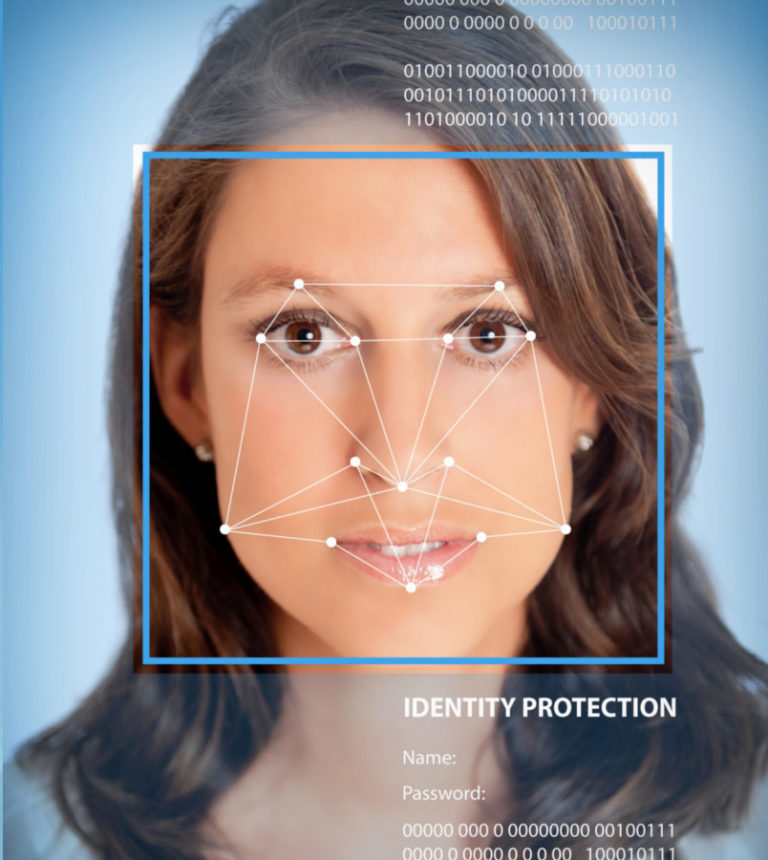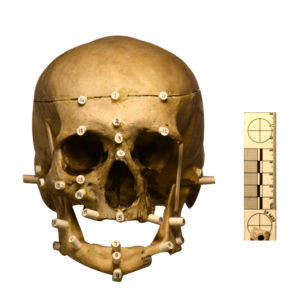Paul Moody, iai-cfa
Paul Moody currently works as a full-time Forensic Imaging Specialist in Palm Beach County and has been working in the field of Forensic Imaging for over 20 years. Along with years of experience, Moody has received some of the most professional training the field has to offer; This training includes courses offered during the yearly conferences at the International Association for Identification (IAI), Forensic Imaging courses from the National Center for Missing and Exploited Children (NCMEC), and training completed at the FBI Academy in Quantico. Moody has been a certified Forensic Artist with the IAI since 2007, and currently serves on the Forensic Art Certification Board.


Autumn krick, iai-cfa
Autumn Krick currently works as a Forensic Imaging specialist for the Palm Beach County Sheriff’s Office. She is an accomplished forensic artist working in the field of law enforcement since 2008. F.I. Specialist Autumn holds a Bachelors degree in Fine Arts, a Masters degree in Public Administration and has maintained certification as a Forensic Artist with the International Association for Identification since 2015. Currently she serves as the acting Chair of the IAI – Forensic Art Certification Board, has a published article in the Journal of Forensic Identification, and regularly presents lectures/workshops for law enforcement and forensic organizations.
Physical Evidence can not be intimidated. It does not forget. It sits there and waits to be detected, preserved, evaluated, and explained.
HERBERT LEON MACDONELL
Frequently asked questions
Forensic Art is defined by Karen T. Taylor as “any art that aids in the identification, apprehension, or conviction of criminal offenders, or that aids in the location of victims, or identification of unknown deceased persons”. Forensic Imaging is a field in which derived from forensic art but as technology evolved so did the needs of identification processes within Law Enforcement. The term Forensic Imaging has been adopted by some Law Enforcement agencies to describe an evolved field of forensic art in which also includes work in digital analysis, image clarification, image modification and comparative analysis. The field of F.I. can be broken down into the following categories:
- Suspect Composites – Graphic images made up from a combination of individually described component parts into a holistic representation of the suspects perceived appearance by the victim or witness of the crime.
- Image Modifications – Methods of photo enhancement, manipulation and the analysis of false digital documents, that can be used to aid in the investigative process.
- Cranio-Facial & Post-Mortem Approximations- Both of these methods are used to aid Law Enforcement by creating a representation of a unknown deceased individual as they may have appeared in life. The purpose of this process is to aid in the identification of unknown human remains.
- Age Progression – This process is used in long term missing person cases, missing fugitives or for missing children; the missing individual is aged to represent how they may currently appear.
- Demonstrative Evidence – Visual aids for case presentations in a court of law.
- Image Comparative Analysis – This process allows a trained individual to systematically compare items or persons in images or video (often items or persons involved in a crime), against images or video of a suspected item or person. This process is used to aid investigations by determining what information is similar or dissimilar between the known and suspected images.
Each department may have their own policies and procedures regarding the use of forensic artists; regardless, there are some generally accepted practices and procedures in the field. The International Association for Identification (IAI) has put together a comprehensive guideline for aspiring and working forensic artists – while there is no standard regulation among working artists in the U.S., the IAI has provided valuable information regarding best practices and acceptable training, procedures, and protocols from the worlds top leading experts in the field. This is a great source of information for anyone interested in the field.
In 2021, an article titled “A Field Review of Suspect Sketches rendered for Criminal Investigations by I.A.I. Certified Forensic Artists” was written by Autumn Krick and published in the Journal of Forensic Identification, Issue 71 (4) p. 329 -348.
Abstract: Sketch composites from eyewitness memory have been used for more than a century in law enforcement. Despite this, research is limited, and, apart from anecdotal accounts, little is understood regarding actual field outcomes. A survey was developed to review International Association for Identification-certified forensic artists regarding the outcomes of composite sketches. Seven certified artists completed the survey and provided information on 508 sketches. Of these investigations, 211 cases were cleared by arrest (41%). Of cases cleared by arrest, 76% of offenders were identified through a lead produced by the suspect sketch. The outcomes that were observed between individual artists ranged significantly. A majority of reported sketches (67%) were recognized by someone in law enforcement, who produced the offender’s name. This paper summarizes the results of this survey and, for the first time, offers insight into the impact of sketch composites in criminal investigations.
In 1945 Dr. Wilton Krogman, an anthropologist, took on a project of predicting the skull/face relationship. In 1946 he developed a system that used a series of landmarks on specific points of the human skull to determine average tissue depth thicknesses for the appropriate racial group of the remains. His techniques created a strong foundation for future studies in the field and has led to decades of research regarding tissue depth thicknesses, prediction of the nose from the bony aperture, eye size and placement, muscle & ligament attachments and more. In addition to understanding current research, feature prediction methods, and having professional training in craniofacial reconstruction; a professional FA will seek out all available information and may request additional support from a variety of forensic related fields. An FA may request evaluations of the remains from the medical examiners office or a forensic anthropologist – other report requests include: forensic dental charts, police reports, DNA (phenotype) report, and crime scene photos. All of the available information is combined together and help determine possible hair color or length, clothing, jewelry or other details. Careful measurements of the skull are taken and observations of bony landmarks help determine feature placement and the overall appearance of the deceased. View our Identified page to see how these reconstructions look compared to the actual identified victim.
If you would like more information about Forensic Art as a field, refer to the IAI’s website. https://www.theiai.org/forensic_art.php
For more information regarding missing persons or unidentified remains a great place to start is the National Missing & Unidentified Database (NAMUS) http://www.namus.gov
For more information on missing children check out the National Center for Missing and Exploited Children (NMEC) http://www.missingkids.org
For information about Morphological comparisons and the facial identification process for one to one comparisons, check out the following websites:
Fear the Artist website is dedicated to promoting unidentified cases in an effort to obtain public help with identification. Help Us Identify!
Facial Recognition or Facial Identification?
What is the difference between facial recognition (FR) and facial identification (FI)? Which is the best fit for your needs within law enforcement? Both FR and FI can be useful investigative tools but the two serve very different functions. Want to learn more? The Facial Identification Scientific Working Group (FISWG) has put together comprehensive documents explaining in great detail identification methods, training, and standard operating procedures within the field.


Unidentified Cases
Lost but not forgotten! Our artists have created Facial approximations to represent the faces of the deceased who remain unidentified.

Identified Cases
Take a look at some of our successful cases! From skull reconstruction and post-mortem approximations to sketch composites and comparisons!

News Releases
Keep up to date with recent media releases about our composites and reconstructions!
